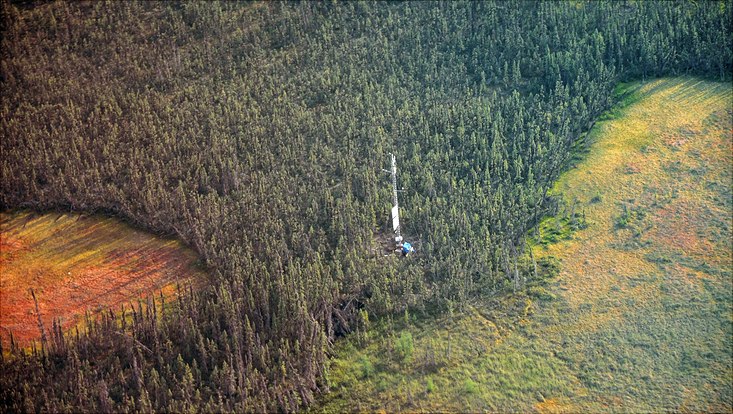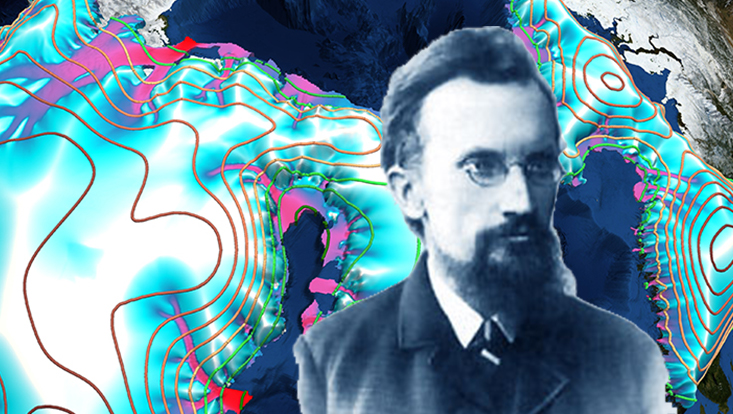Dehydrated peatlands could intensify fires and global warming
13 May 2020, by McMaster University Canada

Photo: Manuel Helbig
A group of 59 international scientists has uncovered new information about the distinct effects of climate change on boreal forests and peatlands, which threaten to worsen wildfires and accelerate global warming. Lars Kutzbach from the Center of Earth System Research and Sustainability at the University of Hamburg contributed to this work.
Manuel Helbig and Mike Waddington from at Canada’s McMaster University gathered observational data from collaborators in countries across the boreal biome. Their study of how ecosystems lose water to the atmosphere has just been published in the journal Nature Climate Change. The unprecedented detail of their work has highlighted dramatic differences in the ways forests and peatlands regulate water loss to the atmosphere in a warming climate, and how those differences could in turn accelerate the pace of warming.
Most current global climate models assume the biome is all forest, an omission that could seriously compromise their projections, Helbig says. “We need to account for the specific behavior of peatlands if we want to understand the boreal climate, precipitation, water availability and the whole carbon cycle,” he says. “Peatlands are so important for storing carbon, and they are so vulnerable.”
As the climate warms, air gets drier and can take up more water. In response to the drying of the air, forest ecosystems – which make up most of the world’s natural boreal regions – retain more water. Their trees, shrubs and grasses are vascular plants that typically take up carbon dioxide and release water and oxygen through microscopic pores in their leaves. In warmer, dryer weather, though, those pores close, slowing the exchange to conserve water.
Together with lakes, the spongy bogs and fens called peatlands make up the remainder of the boreal landscape. Peatlands store vast amounts of water and carbon in layers of living and dead moss. They serve as natural firebreaks between sections of forest, as long as they remain wet.
Peatland mosses are not vascular plants, so as warming continues, they are more prone to drying out. Unlike forests, they have no active mechanism to protect themselves from losing water to the atmosphere. Dehydration exposes their dense carbon stores to accelerated decomposition, and turns them from firebreaks into fire propagators, as shown in previous research.
Drier peatlands mean bigger, more intense fires that can release vast amounts of carbon into the atmosphere, accelerating global warming, Helbig says. “It’s crucial to consider the accelerated water loss of peatlands in a warming climate as we project what will happen to the boreal landscape in the next 100 to 200 years.”
Original Publication:
Helbig et al (2020): Increasing contribution of peatlands to boreal evapotranspiration in a warming climate; Nature climate change, https://www.nature.com/articles/s41558-020-0763-7
Contact:
Prof. Dr. Lars Kutzbach
CEN – Center for Earth System Research and Sustainability
CLICCS – Cluster of Excellence for Climate Research
Phone: +49 40 42838-2021
E-Mail: lars.kutzbach"AT"uni-hamburg.de


